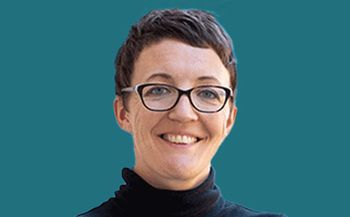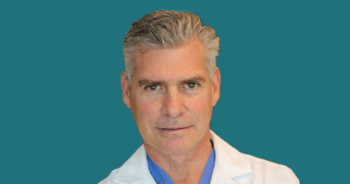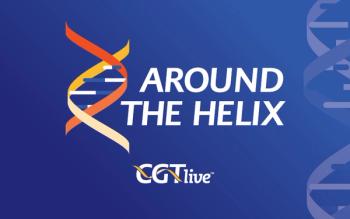
Jeffrey Chamberlain, PhD, on the Role of Gene Therapy for Patients with Duchenne Muscular Dystrophy
The McCaw Endowed Chair of Muscular Dystrophy at University of Washington discusssed how gene therapy shows promise for DMD treatment, though challenges remain with delivery efficiency and determining which patients will benefit most.
This interview originally appeared on our sister site,
“The idea arises that if you could restore levels of dystrophin up to 15% or maybe even a little higher through a gene therapy approach, that could have really a tremendous impact on the progression of the disease."
In an interview with CGTLive®'s sister site, NeurologyLive®, Jeffrey Chamberlain, PhD, Professor of Neurology and Medical Genetics and McCaw Endowed Chair for Muscular Dystrophy at the University of Washington, discussed the evolving landscape of gene therapy for Duchenne muscular dystrophy (DMD). Chamberlain outlined the promise of microdystrophin constructs delivered via adeno-associated virus (AAV) vectors to restore dystrophin expression, while also pointing out key limitations in current technologies.
Notably, AAV vectors can only deliver about one-third of the full-length dystrophin gene, which restricts therapeutic potential. He emphasizes that treatment efficacy is closely tied to age, with younger patients—treated before advanced disease progression—experiencing significantly better outcomes. Clinical experience with Elevidys, Sarepta’s FDA-approved gene therapy, reflects these patterns: while early intervention can help prevent dystrophic changes, reversing established disease remains a major challenge. Chamberlain also noted that while preclinical models showed strong prevention in young animals, they echoed reduced benefit in cases of established disease. This aligns with data seen in older patient populations. There’s growing urgency to develop improved delivery methods and larger dystrophin constructs.
Newsletter
Stay at the forefront of cutting-edge science with CGT—your direct line to expert insights, breakthrough data, and real-time coverage of the latest advancements in cell and gene therapy.











































